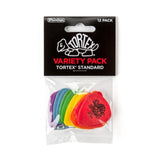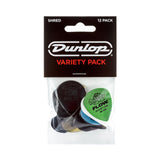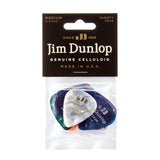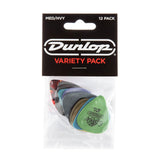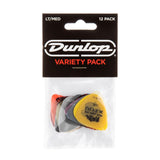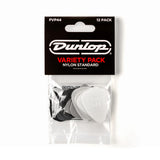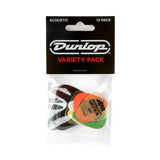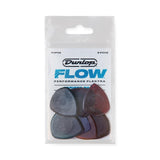Nitrocellulose and Guitars: The Understated Role of Primer
While the glimmering surface of a freshly painted guitar often takes centre stage, the underlying layers play a crucial role in achieving that impeccable finish. If you've embarked on the journey of painting a guitar with nitrocellulose, understanding the role of each preparatory step is essential. Among these, the use of primer often sparks debate. So, what is primer? What role does it play in the painting process? And do you truly need it?

What is Primer?
Primer is a preparatory coating put on materials before painting. It ensures better adhesion of paint to the surface, increases paint durability, and provides additional protection for the material being painted.
The Key Functions of Primer
Adhesion: Primer acts as an intermediary layer, bonding the wood of the guitar to the nitrocellulose finish. This ensures that the finish adheres better, reducing chances of peeling or chipping.
Uniformity: Woods, with their natural tones and grains, can be varied in appearance. Primer provides a consistent base tone, ensuring that the colour of the nitrocellulose finish remains uniform across the entire guitar body.
Protection: The primer seals the wood, offering a degree of protection against external elements. This is especially crucial if the guitar is made of multiple wood types or pieces.
Sanding Base: Once the primer is applied and dried, it can be lightly sanded to achieve an ultra-smooth surface, perfect for the application of nitrocellulose. This step can help eliminate minor imperfections before the final finish is applied.
Is Primer Necessary?
The necessity of primer largely depends on the specific project, desired finish, and the type of wood:
For Woods with Strong Grain Patterns: If you’re looking to apply a solid colour over woods like ash or mahogany, where the grain pattern is strong and varied, primer can help achieve a more consistent finish.
Achieving Bold Colours: If you're aiming for a vibrant colour that might be influenced by the wood's natural tone, a primer can offer a neutral base to ensure the colour's purity.
Transparent Colours & Grain Showcase: When aiming for a transparent or semi-transparent finish that showcases the wood's natural beauty and grain, a primer would not be necessary. In such cases, the objective is to let the wood shine through, and applying a coloured primer would defeat that purpose.
For Vintage or Relic Looks: If you're trying to achieve a vintage or "relic" look,where some natural wood grain and imperfections are desired, you might choose to skip the primer.
Woods that Stain or Bleed: Certain woods can release resins or bleed colours when painted. A primer acts as a barrier, preventing these from affecting the final finish.
Conclusion
In the vast canvas of guitar painting with nitrocellulose, primer might seem like an optional brush stroke. However, in many cases, it sets the stage for a masterpiece. While not always mandatory and sometimes even counterintuitive for specific finishes, a primer, when used thoughtfully, can enhance both the process and the final result, ensuring that your guitar not only captures eyes but also stands the test of time.











